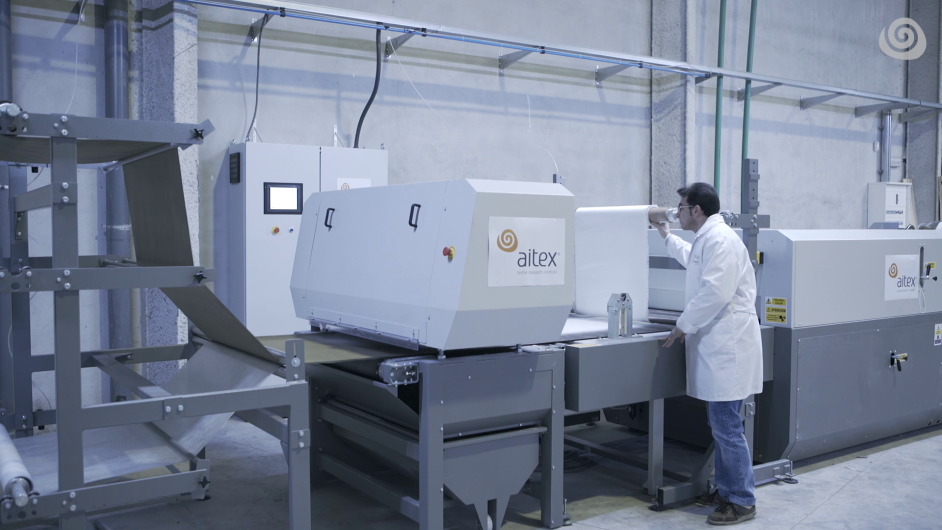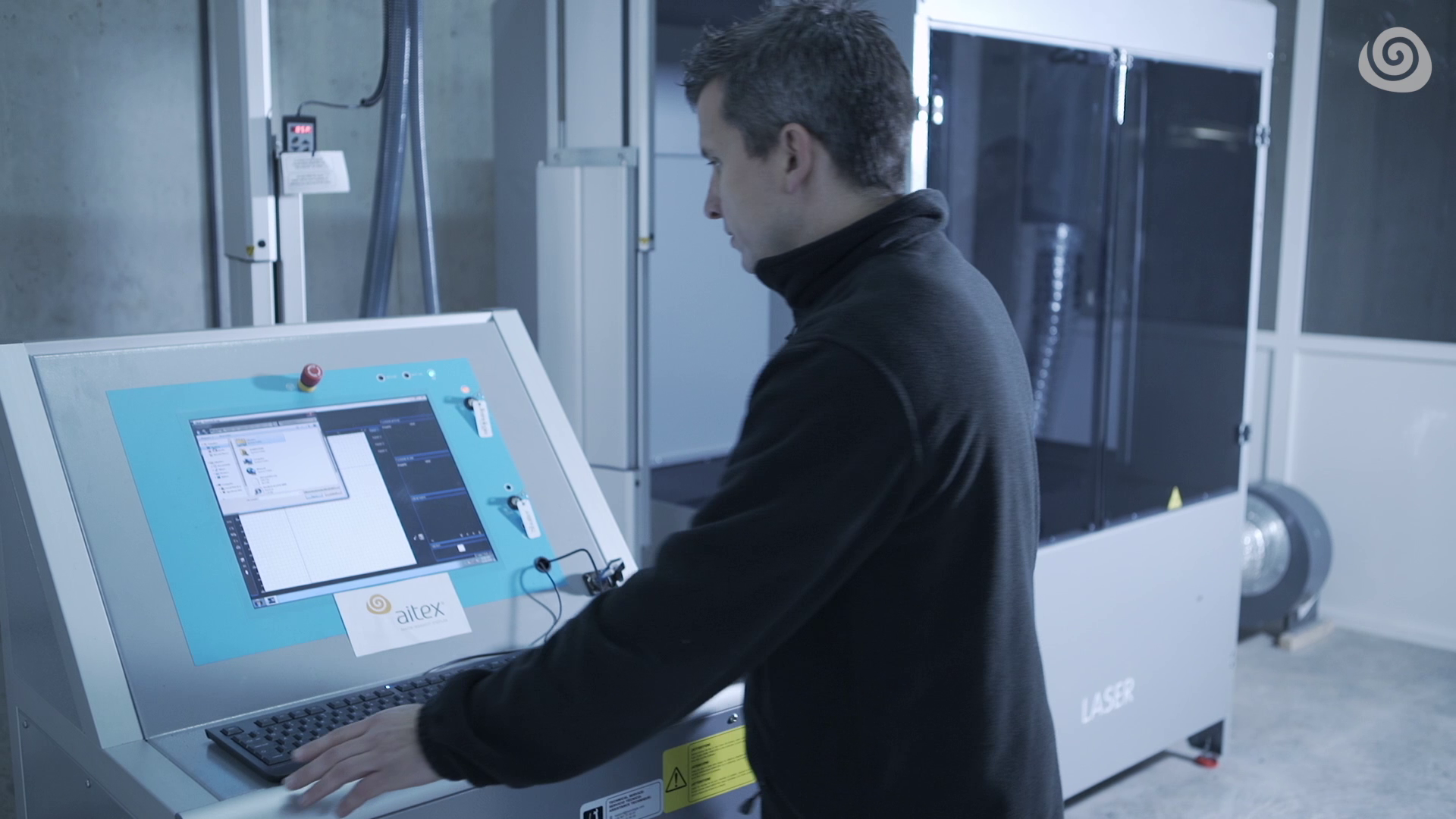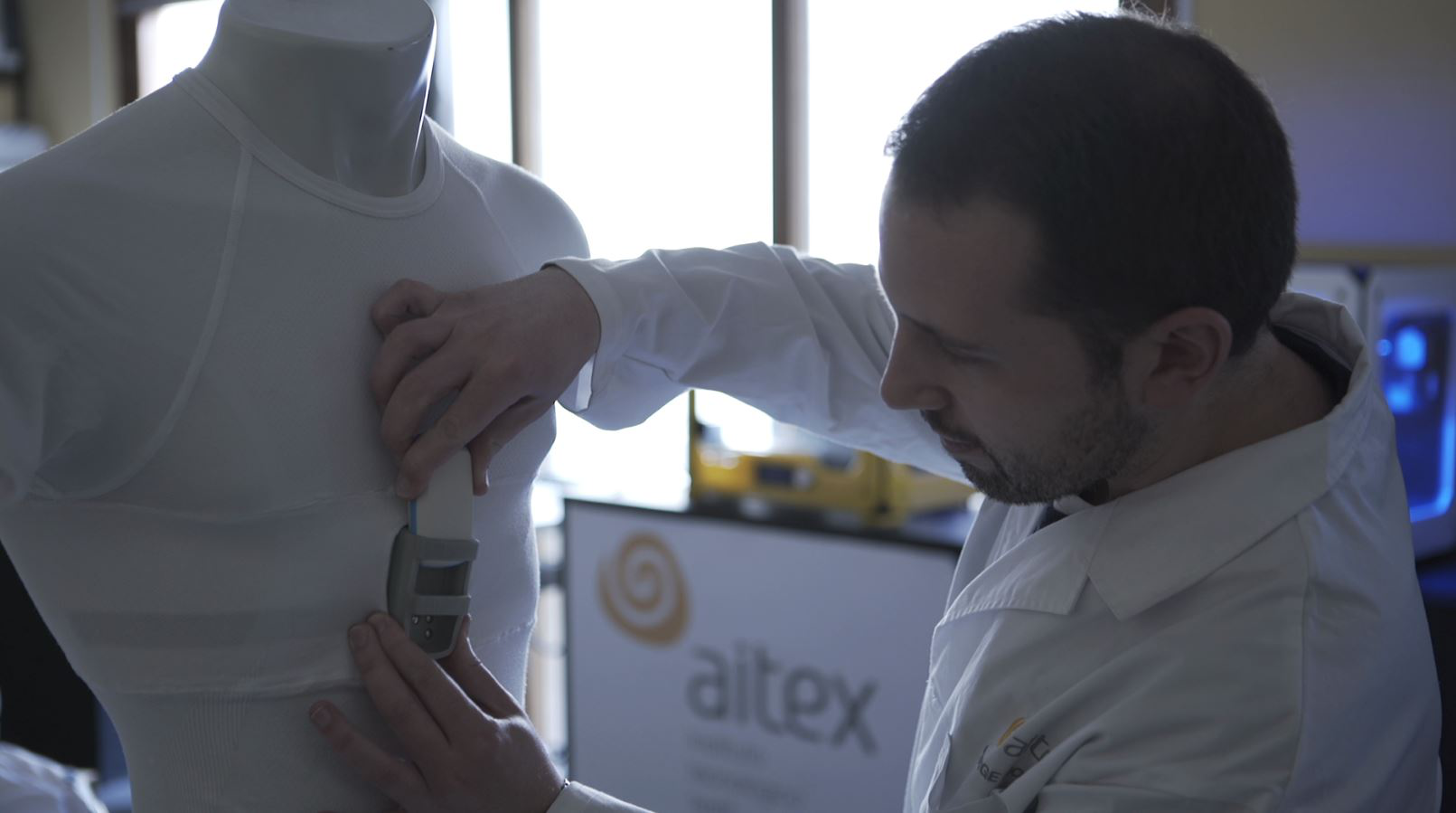NEW MATERIALS AND SUSTAINABLE PRODUCTS. REVALORIZATION STRATEGIES OF INDUSTRIAL AND NATURAL WASTES BASED ON THE DEVELOPMENT OF NON-WOVENS AND COMPOSITES

NEW MATERIALS AND SUSTAINABLE PRODUCTS. REVALORIZATION STRATEGIES OF INDUSTRIAL AND NATURAL WASTES BASED ON THE DEVELOPMENT OF NON-WOVENS AND COMPOSITES
Description
The Institute is working on the development of new composite products. Composites are widely used in a variety of industrial sectors including the automotive and aeronautics industries, construction, marine architecture and sports and represent an important alternative to traditional materials such as steel, aluminium and wood. Creating technological solutions from composite materials is now within the reach of many manufacturers and there is a growing demand for composites.
Composite materials combine high-strength and low-density with excellent corrosion resistance and provide industrial design engineers with a highly versatile material.
The use of bio composites from renewable resources using natural fibres and vegetable oil-based polymers represents an important sustainable alternative to the more traditionally-used petrochemical-based composites.
With respect to sustainability, a wide variety of innovative products is now becoming available made from natural compounds and they are fast becoming a viable alternative to synthetic reinforcing fibre, particularly in the automotive and building industries.
Prototyping and characterising advanced composites.
I. Vacuum-assisted resin transfer moulding pilot plant (VARTM).
II. Compression moulding pilot plant.
III. Precision three roll mills.
AITEX has the facility to develop additivated gel coats and resins with solid-state materials such as micro and nano particles of differing chemical nature, stabilisers and inorganic compounds, etc.
IV. A pilot plant for textiles finishing based on impregnation process.
V. Dual Flatbelt Lamination Technology
This is used to develop textile preforms with different orientations, the development of laminates with foams or honeycombs, manufacturing thermoplastic pre-pregs, etc. the facility can feed a variety of hot-melt adhesives in powder, film or web formats and has been designed to process flexible and rigid materials with a working width of up to 1 metre.
The Institute’s background in the field:
- Research and development of functional composites via the integration of textronic components and functional pigments and dyes.
- Research and development of biocomposites.
- Research and development of fire-resistant composites ➢ Non-woven technology.
VI. Wet-laid non-woven pilot plant.
Wet-laid technology is used to create non-woven fabrics with application in a huge variety of sectors: medicine, hygiene, cosmetotextiles, filtration, safety, composite materials, etc.
The Institute’s background in the field:
- Research and development of technical fibre-based non-wovens mainly for health and hygiene, safety and filtration.
- Research and development of non-wovens and composites made from agricultural and industrial waste with uses in construction, packaging, the automotive industry, etc.
Development of sustainable products.
I. Technical consultancy on the development of sustainable products.
The development of bespoke sustainable-product R+D projects, both b2b and b2c.
The Institute’s background in the field:
- The development of sustainable plastics from biopolymers
- Revalorization of agricultural and industrial wastes/by-products and the manufacture of non-wovens and composite materials thereof.
- Development of sustainable textiles: the implementation of renewable and recycled raw materials.
- Technological consultancy on the use of clean technologies in textile processing.
- Technical consultancy on the eco-labelling of a product and the development of communication strategies for sustainable products.
- Carbon footprint studies.


